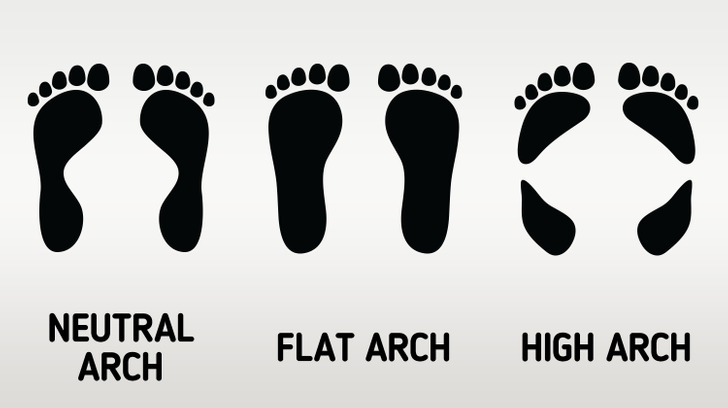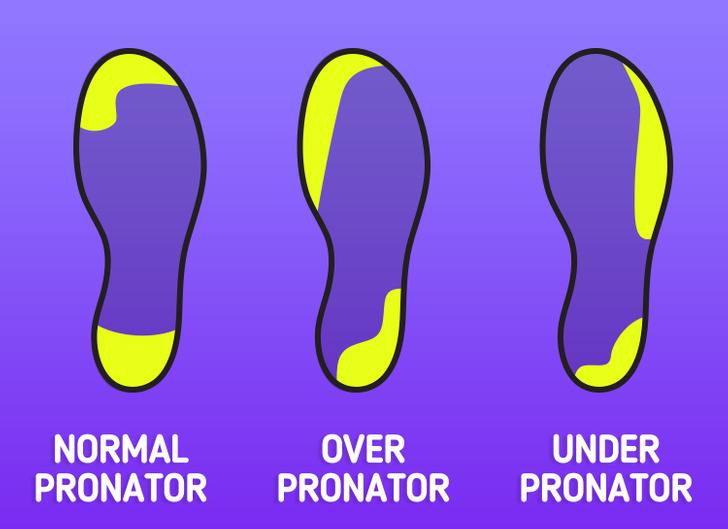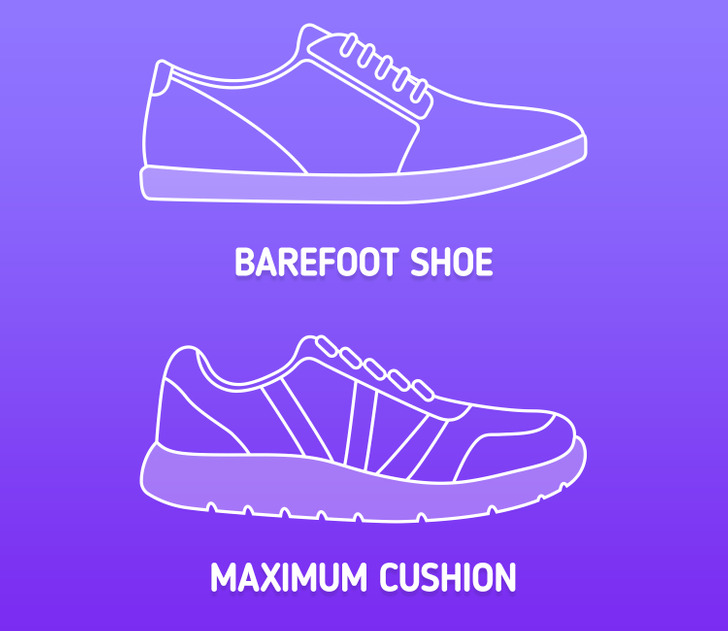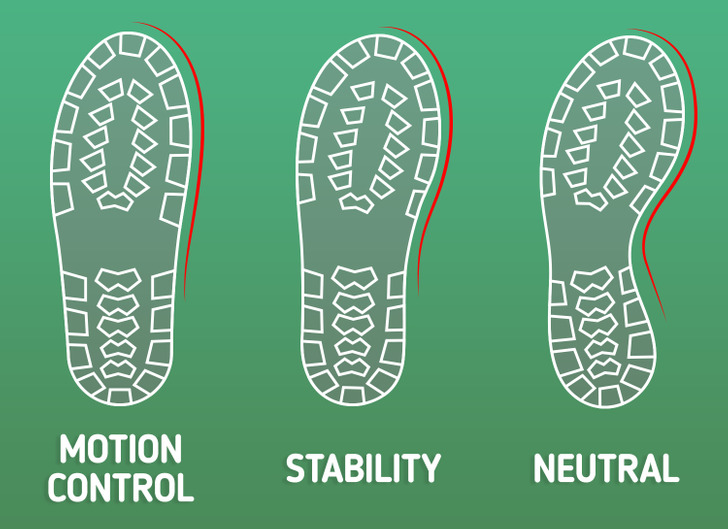How to Choose Running Shoes
Choosing a running shoe isn’t simply going for what looks the best, or what has the most cushion to it. You’ve also got to consider your foot type and where it tends to lean when you’re on the go. 5-Minute Crafts has prepared a quick guide to help you with this.
1. Find out your arch

Your feet can either have a neutral, a flat, or even a high arch. This will affect the way your foot rolls. Neutral arches will make your feet roll to a healthy spot. Low arches will cause them to roll too much inward. High arches, on the other hand, will make them roll in slightly, at impact.

To figure this out, you’ll have to look at the bottom of an already used running shoe. If it’s evenly worn out, your arch type might be neutral. If you notice the inner soles are the most worn-out part of the shoe — chances are you’ve got a low arch. Lastly, if they’re showing excessive signs of usage on the outer soles, your arch type may be high.
Because the most worn-out parts of the shoe are the ones that will determine your feet type, this will also indicate your pronation level. For example, a normal pronator will have evenly worn shoes. On the other hand, the inner soles will be the ones showing signs of use for the overpronator. And in the case of an underpronator, their outer soles will be the ones with excessive wear.
Note: Pronation is the way your foot rolls inward before it reaches the floor, whenever you’re walking or running. It’s a natural movement of the human body, and it may vary depending on the person.
2. Choose a level of support

Think about how much cushion you would like on your shoes first.
- Maximum cushion will offer you a thick padding in the midsole area. It might be preferable when running long distances and it can also feel squishy.
- Moderate cushion means the shoe’s cushion can go anywhere from pillow-soft comfort and thin, to having none at all.
- Minimal cushion will likely cause you to feel the ground beneath you.
- Barefoot shoes may resemble running with no shoe on whatsoever. Some might even provide you with no stability features or arch support.

Having decided on the cushion level, you can now make a call on what shoe to go for based on your arch and foot type.
- A neutral shoe might work best for feet with neutral arches, and for those who often roll outward. However, they might not have any motion control features to them.
- Stability shoes can help control a runner’s pronation level. They may fit those with either a mild, or a moderate level of pronation.
- Motion control shoes can help counter high levels of overpronation (rolling inward), but might also be hard to find, unless you look in a specialty store. Some of their features might include stiffer heels and arch reinforcement in the midsoles.
Tip: You’ll need to pick the right fit.
A good rule of thumb to follow is to pick a shoe that fits well right off the bat. Running shoes don’t need a break-in period. They need to feel both secure and snug to your feet, without any slipping or sliding.